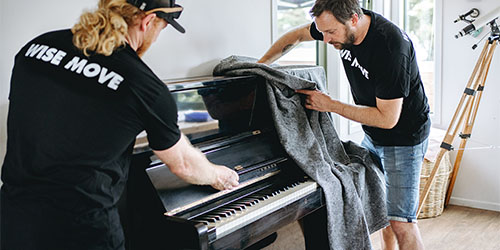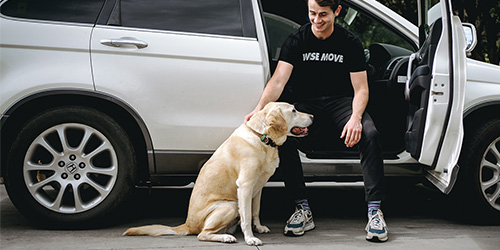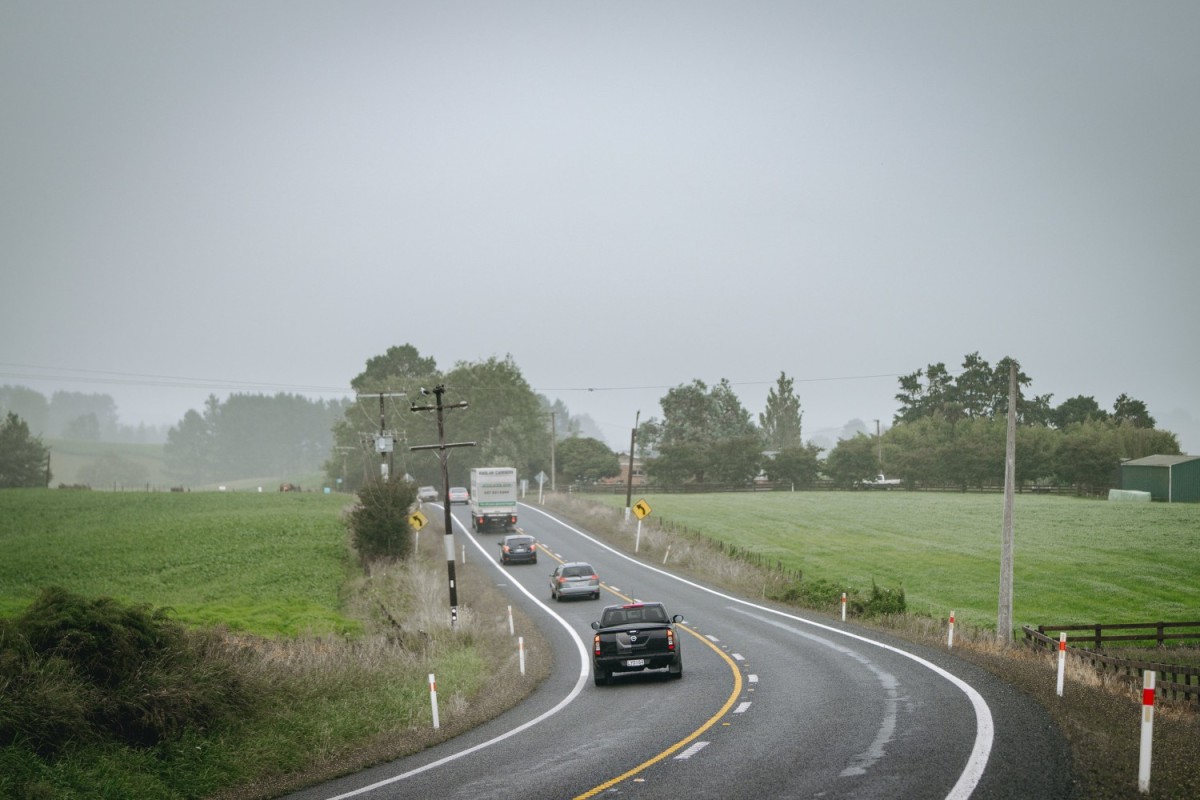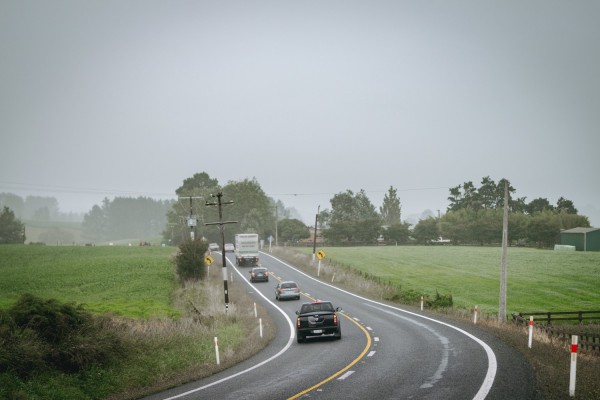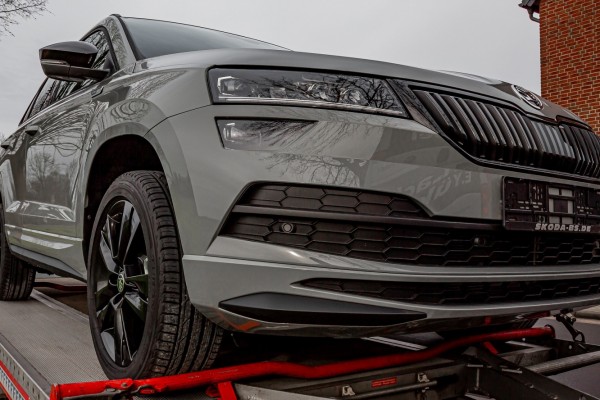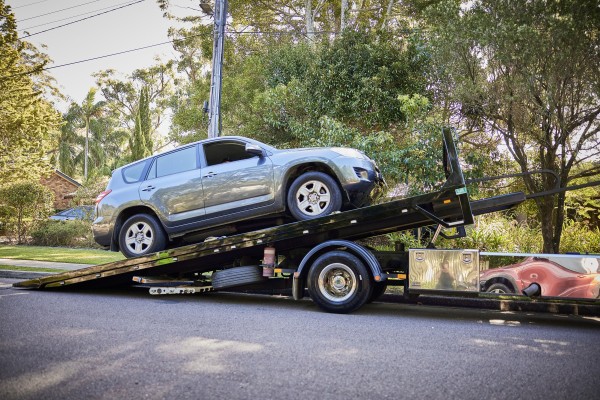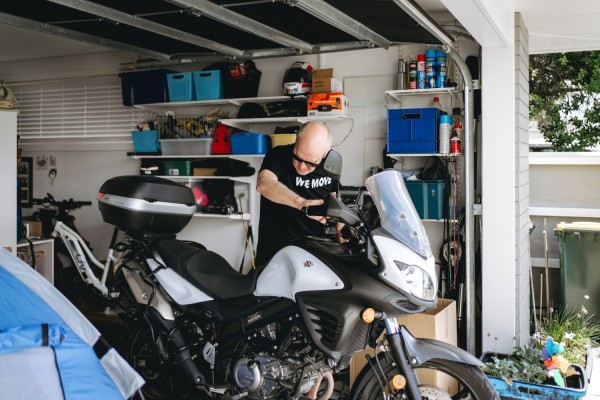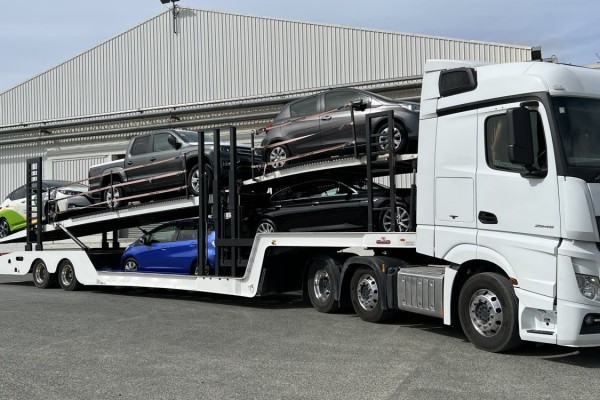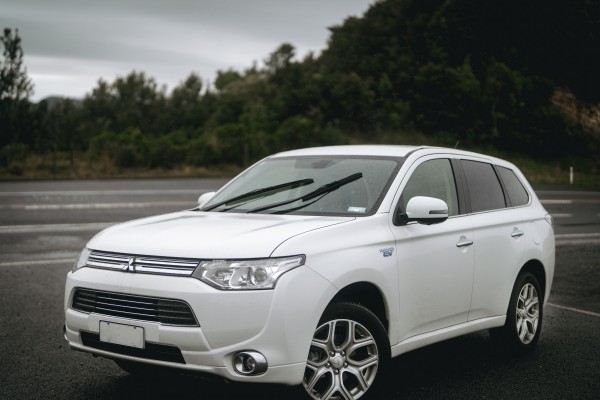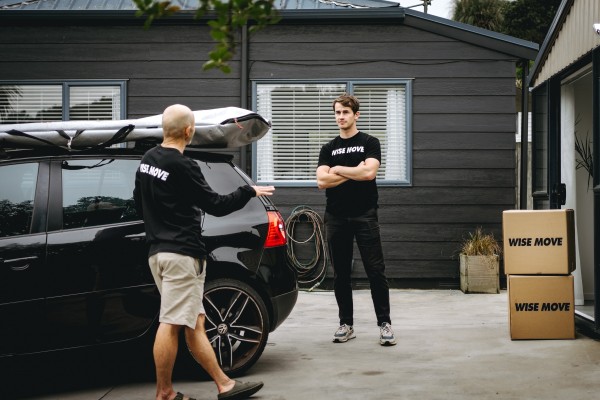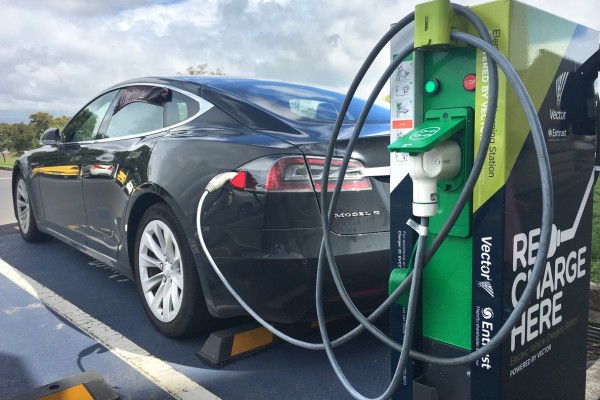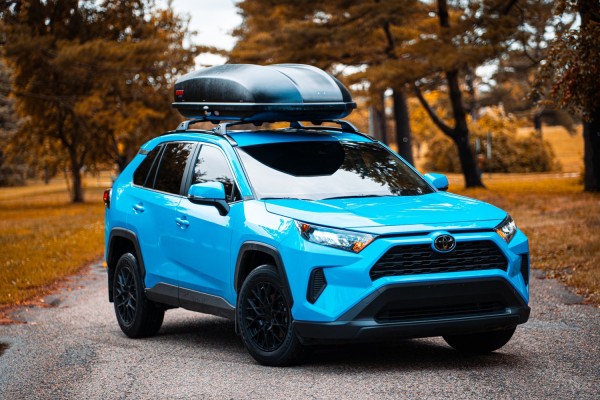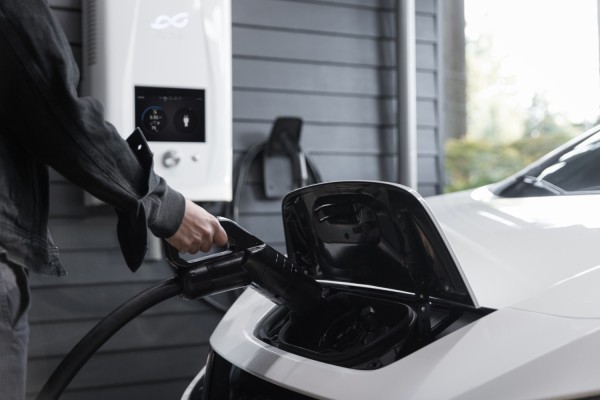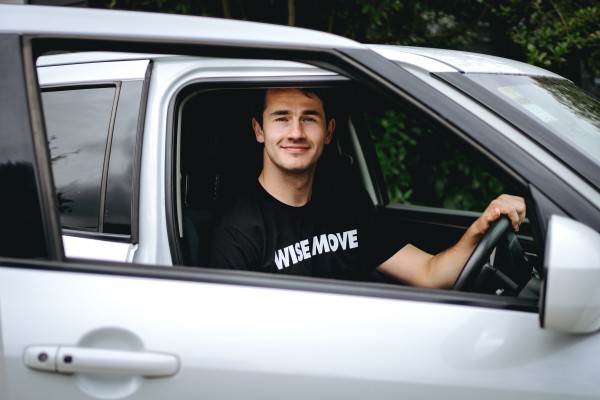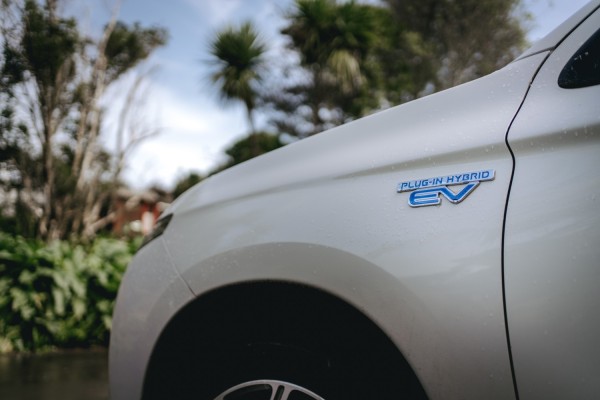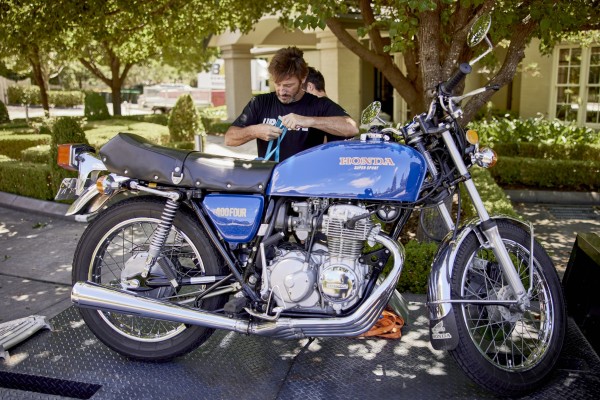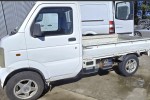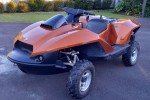How to prepare your car for storms and hurricanes
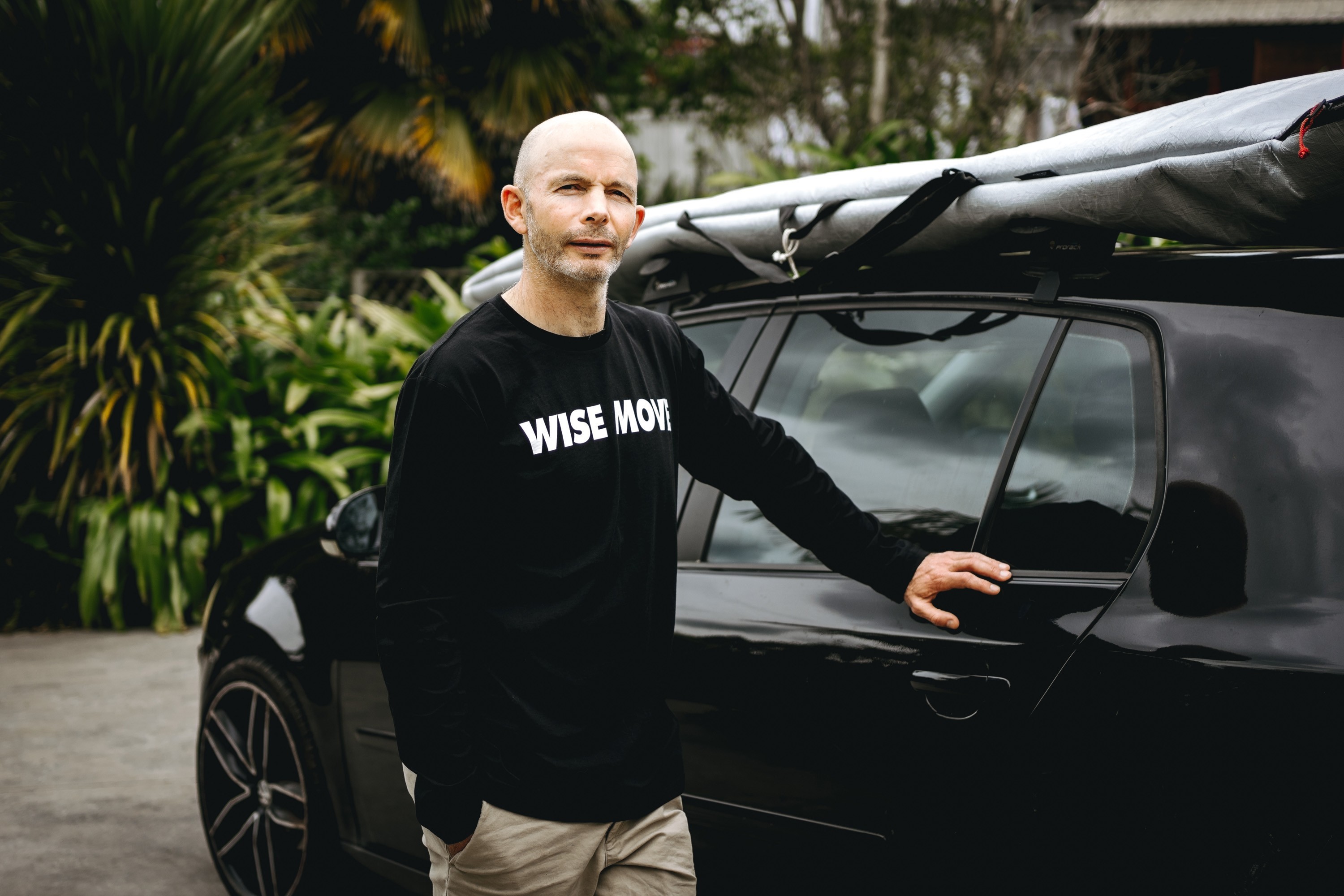
Regular storms and hurricanes haven’t been something New Zealanders have had to worry about until recently. Our temperate climate, mild winters, and medium levels of rainfall have meant we don’t often have to worry about what will happen to our homes or vehicles most of the time. However, warmer-than-usual temperatures and changes to our climate have meant more severe weather events.
This year alone, Auckland and the East Coast of the North Island have been hit by serious flooding and the fallout from a major cyclone. These types of events will only become more frequent. That’s why it’s important you learn how to take care of your car before a storm or hurricane hits.
Taking the right steps before a storm can keep your vehicle safe. Here’s what you should do before a serious weather event.
Review your insurance policy
Now is a great time to review your insurance policy. Before the weather gets any worse, make sure you review your vehicle insurance policy so that you understand what is and isn’t covered. If anything happens during a storm, you can start the claims process quickly and have a clear idea of what you can claim. Now is also a good time to take photos of your car, especially if you bought it second-hand.
Take pictures of the interior and exterior of your vehicle so that you have a documented record of its condition. You can use these if you need to show before and afters of your vehicle and you didn’t buy it brand new.
Perform routine maintenance on your car
Having an up-to-date vehicle that runs well and is road safe is important at all times of year. However, frosty winter mornings and heavy rain events can make driving more dangerous than in spring and summer. Make sure you take your car for a Warrant of Fitness if it is due. Check your tires, oil and brakes and inspect different parts of your car to make sure everything is running up to speed.
Check tyres for balding. In winter, your vehicle’s tyres must have enough grip on them so that you can come to a stop quickly if need be. Your car tyres should last for at least 40,000 kilometres. That’s about 2-3 years' worth of driving.
Check windscreen wipers. Old windscreen wipers can leave your windscreen looking muddy and impede visibility during heavy rain. Wiper blades should be replaced yearly.
Get your brakes checked. Your mechanic should be checking your brakes during your Warrant of Fitness. A car’s brake pads can last between 40,000 - 100,000 kilometres. How quickly they wear out will depend on your driving style. Smoother driving helps to reserve your brake pads.
Check your air. One easy thing you can do today is to check your tyre pressure. All petrol stations offer free air to keep your tyres pumped up. This will make your car more economical and safer when the roads are slick.
Prepare an emergency kit
While you are preparing for the worst-case-scenario, it’s a good idea to prepare some emergency items and store these in your car’s glove box. These will come in handy in a wide range of circumstances, including accidents, breakdowns or if you need to take shelter in your car.
First aid kit: every driver should purchase a first aid kit for their vehicle. It could save you or someone else in an emergency.
Extra clothing and blankets: don’t go overboard but a few blankets or a single warm jacket and pair of fleece pants can be a lifesaver if you ever have to take shelter in your car.
Raincoat: a raincoat is useful for changing a tyre or checking under the hood in a storm. It will ensure you stay dry and warm after exiting the vehicle.
Jumper cables: Some cars come equipped with jumper cables. They will come in handy if your car breaks down or gets a flat battery.
Extra petrol: If you don’t like the idea of keeping petrol in your car, purchase a small petrol tank instead and store it in the boot. You can use it to collect fuel should your vehicle run out.
Tool kit: Took kits are affordable and small but extremely handy in an emergency. Make sure you have one on hand.
Tire jack: Most cars come with a tyre jack. If you don’t think you have one, check the wheel well under the lining of your boot. If you don’t have one make sure you purchase a tire jack asap. You can’t change a tire without a jack.
Torch and batteries: An inexpensive torch and batteries can be a lifesaver in a storm or emergency. If you don’t have one, buy a mini torch and attach it to your keychain or store it in the glove compartment.
Phone and charger: Most people travel with their cellphones. However, if you find yourself in the habit of leaving home without your phone, keep a ‘dumb phone’ (one that can only call and text) in your glove box and a car adaptive charger. It’s also a good idea to store your phone in the glovebox for safety. In a crash, the contents of the glove box is often protected.
Keep a tank of petrol at home
Rather than keeping a tank of petrol in your car, fill up a large jerrycan and keep it in your garage at home. In an emergency, you may need to evacuate quickly and may not have access to a petrol station. Even if you do, long lines and bad weather might make stopping to fill up a bad idea.
It’s best to fill up in advance and keep your petrol tank as full as possible, without it being inconvenient. If you can, fill up your car once it gets to a quarter of a tank. This will mean, you’ll never be in desperate need of petrol if you have to evacuate your home in the middle of the night.
Park in a safe area
Take stock of your surroundings around your home and your route to school or work. Consider how wind and rain affect the areas you frequent. If there is a storm warning, make sure you have somewhere safe to park at home and at work. This could be a place that is either fully or partially covered, like a parking building or a garage.
If you can’t find anywhere covered, park away from large trees. A street with many buildings and no trees could be safer than an open area near a park or a large expanse of grass. The buildings will act as a natural buffer against branches and debris.
Alternatively, you can ask to work from home when the weather is especially bad. Most offices have flexible work policies and are happy to accommodate requests that keep their staff members safe.
Keep up to date with the weather
Keeping up to date with the weather is easy in this day and age. Make sure you check MetService or a similar app on your phone or computer before you leave the house. Having a good idea of the weather each day means you can park in a safe place or avoid routes that are usually flooded when the weather is bad.
If there is a heavy rain warning and you must commute, park away from rivers or streams, even if means paying for your parking. It’s easy for rivers to swell to two or three times their size under heavy rain.
Need help transporting your vehicle?
If you’re looking at buying a new vehicle so that you feel safer during bad weather, Wise Move can help. Buy a car anywhere in New Zealand, and we’ll help ship it to your door. Find a professional vehicle mover now.
What do our customers say?
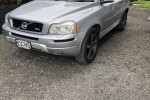
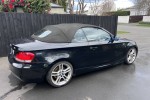


For every (wise)move



